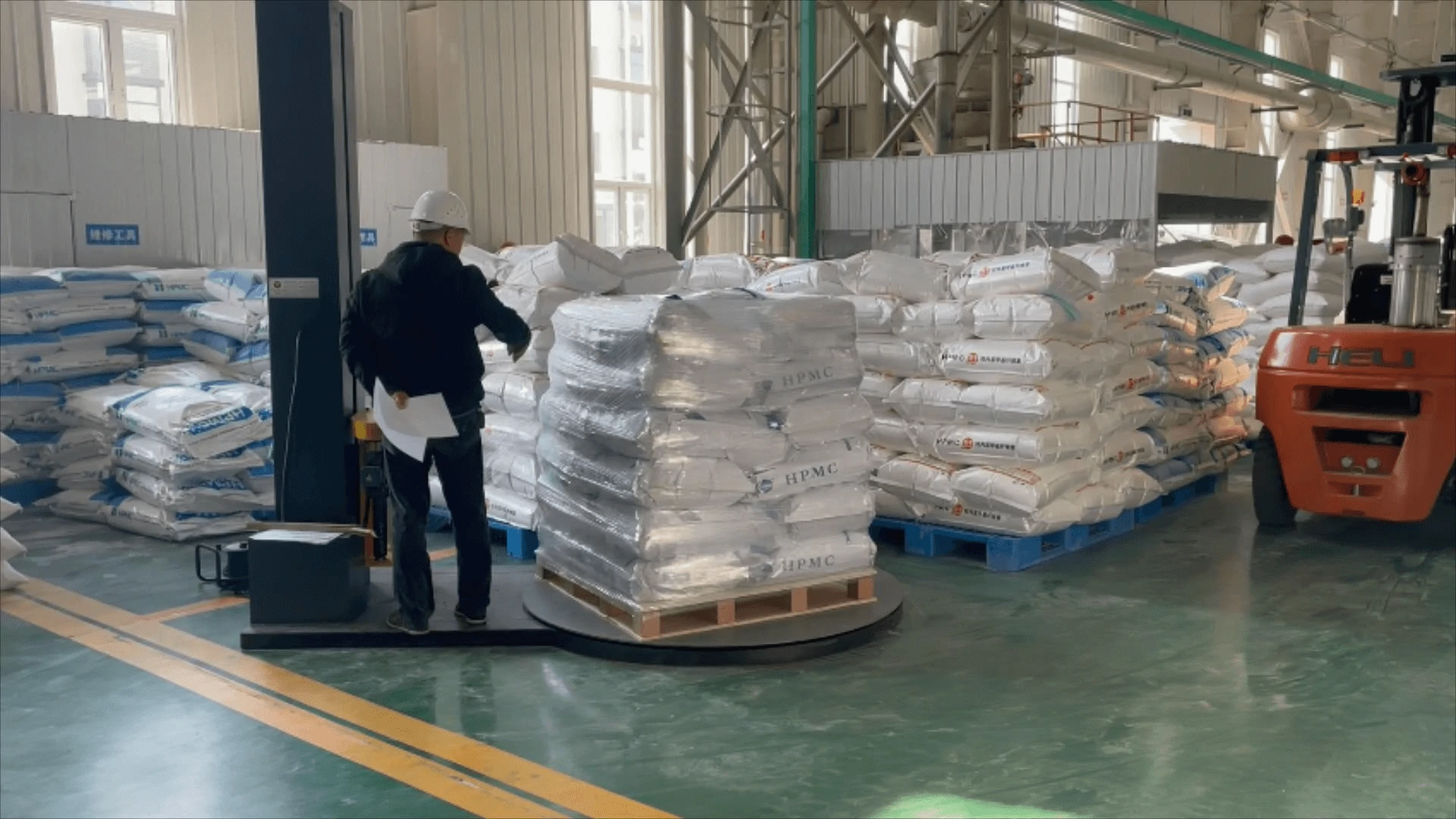
Out . 06, 2024 02:50 Back to list
how is hydroxyethyl cellulose made
How is Hydroxyethyl Cellulose Made?
Hydroxyethyl cellulose (HEC) is a water-soluble polymer derived from cellulose, which is a natural polymer found in the cell walls of plants. HEC exhibits various properties such as thickening, binding, and film-forming capabilities, making it a versatile ingredient in numerous applications ranging from pharmaceuticals to personal care products and construction materials. Understanding the process of how HEC is made provides insight into its beneficial attributes and wide-ranging utility.
The production of hydroxyethyl cellulose begins with the sourcing of cellulose, typically derived from wood pulp or cotton. Cellulose is abundant in the plant kingdom and serves as a structural component of the plant cell walls. Once the cellulose source is identified, it undergoes a series of purification steps to remove any impurities and non-cellulosic fractions. This ensures that the final product has high purity, which is crucial for maintaining quality in its end-use applications.
The purified cellulose is then subjected to alkalization. During this process, cellulose is treated with sodium hydroxide (NaOH), which swells the cellulose fibers and increases their reactivity. This alkalization step is critical as it facilitates the subsequent etherification reaction. The choice of the degree of alkalization can influence the properties of the resulting hydroxyethyl cellulose, including its viscosity and solubility.
Following the alkalization step, the cellulose is treated with ethylene oxide, which effectively introduces hydroxyethyl groups (-OCH2CH2OH) to the cellulose chains. This etherification reaction can be performed under controlled temperature and pressure conditions to ensure the efficient incorporation of the hydroxyethyl groups. The length of time and the amount of ethylene oxide used directly affect the degree of substitution (DS), which is a measure of how many of the hydroxyl groups in the cellulose have been replaced by hydroxyethyl groups. A higher DS typically leads to enhanced solubility and thickening capacity, which are desirable traits in many applications.
how is hydroxyethyl cellulose made

Once the etherification is complete, the reaction mixture undergoes neutralization to halt the reaction and remove excess reagents. This often involves washing the product with water or dilute acid to eliminate any residual sodium hydroxide and unreacted ethylene oxide. The resulting gel-like substance is then dried to produce a powdered form of hydroxyethyl cellulose, which is typically white and free-flowing.
The dry HEC product is then milled and sieved to achieve uniform particle size, which is important for consistent performance in formulations
. After milling, various grades of hydroxyethyl cellulose can be produced based on specific viscosity and solubility characteristics, catering to diverse industry needs.HEC’s versatility makes it an essential ingredient in several sectors. In the construction industry, it is used as a thickener in tile adhesives, cement mortars, and dry mixes, improving workability and water retention. In the pharmaceutical field, HEC finds application as a binder in tablet formulations and as a stabilizer in suspensions. In personal care products such as lotions, shampoos, and creams, it serves as a thickening agent that enhances the texture and application properties of the product.
Furthermore, hydroxyethyl cellulose is valued for its non-toxic and biodegradable nature, aligning with an increasing demand for sustainable materials in manufacturing. Its ability to form gels and stabilize emulsions makes HEC a preferred choice for formulators aiming for high-performance products that are also environmentally friendly.
In conclusion, the production of hydroxyethyl cellulose is a sophisticated process that transforms natural cellulose into a functional, versatile polymer. Through the steps of purification, alkalization, etherification, and drying, HEC emerges as a crucial ingredient that serves a multitude of purposes across various industries, showcasing the significant synergy between chemistry and practical application.
-
tile-bonding-additives-for-stronger-bonds
NewsAug.22,2025
-
construction-grade-rdp-for-wholesale-needs
NewsAug.22,2025
-
trusted-wholesale-hec-partners
NewsAug.22,2025
-
hec-solutions-for-industrial-excellence
NewsAug.22,2025
-
construction-additives-need-hpmc-essentials
NewsAug.22,2025
-
hpmc-versatile-cellulose-ether-for-industries
NewsAug.22,2025







